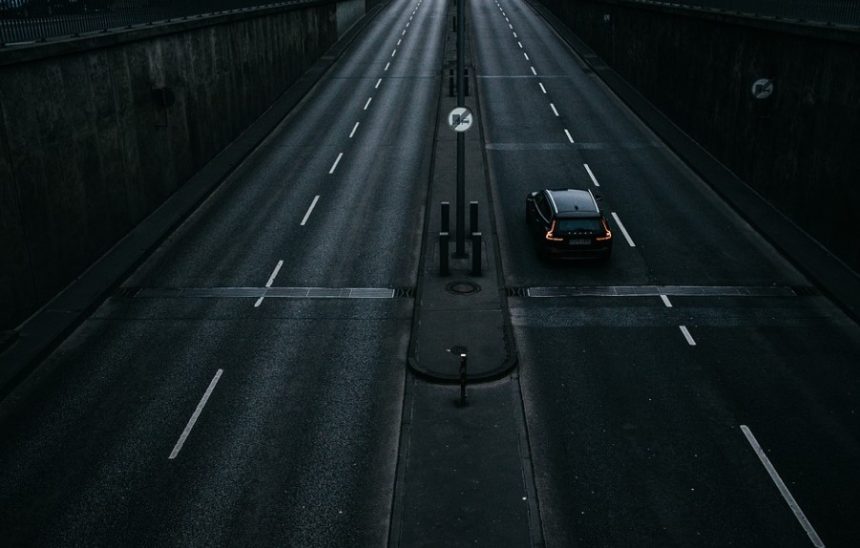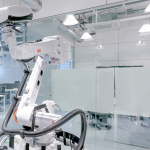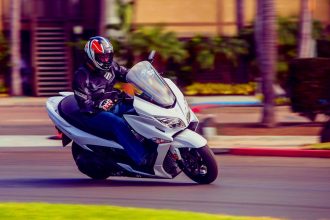Several situations in day-to-day life are inherently risky. Getting in your car and setting off on the road is one of those activities that we usually take for granted. That is because we conduct the motion every day without much afterthought to the dangers it can potentially bring.
Although driving is a relatively safe activity, you may encounter hazards and unexpected conditions on the road. To mitigate these risks as much as possible, there are numerous safety tips to keep in mind. Not only will these tips keep you secure on the road, but you will protect your fellow driver as well.
Here are seven different ways to increase your car’s safety:
1. Buckling Up
While it is generally considered to be universal in application, locking your seatbelt can still be ignored. Even if you believe that you are just going from point A to B in quick succession, not locking your belt can be dangerous. Moreover, it is considered to be illegal to drive without your seatbelt on.
As soon as you get in the driver’s seat, be sure that it is one of the first things you do. All it takes is a couple of seconds to ensure that the belt is locked. If the seatbelt is loose, you can always adjust the strap to make it secure over your chest. Your safety begins and, sometimes, ends with this belt in a secure position!
2. Headlights
Several components on your car will indicate to you if it is fit to operate for the road. The meters inside of your vehicle, for example, should always be kept in good condition. On the other hand, your taillights and headlights have to be maintained for the long term as well.
Start by turning your headlights off and on again to see if they are indeed working. Even if there is the slightest error, you’ll want to take it in for servicing. Your headlights are vital for nighttime driving since your immediate surroundings can be impeded. By ensuring they are kept bright, you will be safe while on the road. If the lights aren’t working, contact a provider like CIPCO and get these parts replaced immediately.
3. Speed Maintenance
A large majority of us enjoy driving with the wind blowing in our hair as we accelerate. Most of the time, however, you should take every opportunity possible to double-check your speed. That is because if you do not drive safely, you can increase your speed without knowing it.
The issue with this is that accidents are virtually guaranteed to occur. Follow the speed limit in your area and drive according to this limit. As mentioned previously, the legality of this factor will determine whether or not you are kept safe and secure. Even if the road is clear, do not risk it by stomping on the gas!
4. Distractions
You’d be hard-pressed to find anyone who isn’t distracted by something, whether it is minor or major in nature. However, when it comes to driving, mitigating distractions can be the difference between life and death. Keep all of your devices at bay, such as your smartphone or any other gadget.
If you really need to use your phone, it is always advised that you stop first and then make your calls. Setting up a Bluetooth system can also be acceptable, as it is a great hands-free way of using your phone. Distractions are bound to come up; use your wits and you can safely proceed!
5. The Tires
When it comes to driving safely on the road, a car cannot move without installing the right tires. As such, you’ll want to give it a status checkup every now and again to ensure they are full. Keep an eye on tire pressure as a start, and don’t forget to rotate them every so often for optimal effect.
6. The Brakes
Alongside the gas, your brakes should also be in good standing. Not having them in perfect condition can result in needless accidents occurring because you were unable to stop. As far as testing goes, ensure you inspect them with your chosen car shop or dealer now and again. If anything sounds off, you do not want to put it off for later.
7. Daily Maintenance
You should make sure that your car is inspected periodically. Take it into your local proprietor so that it can be serviced accordingly. Since we do not have adept knowledge of every nook and cranny, an expert should always take a look at the car for you. By doing this as much as possible, you will always prioritize your car’s safety.















